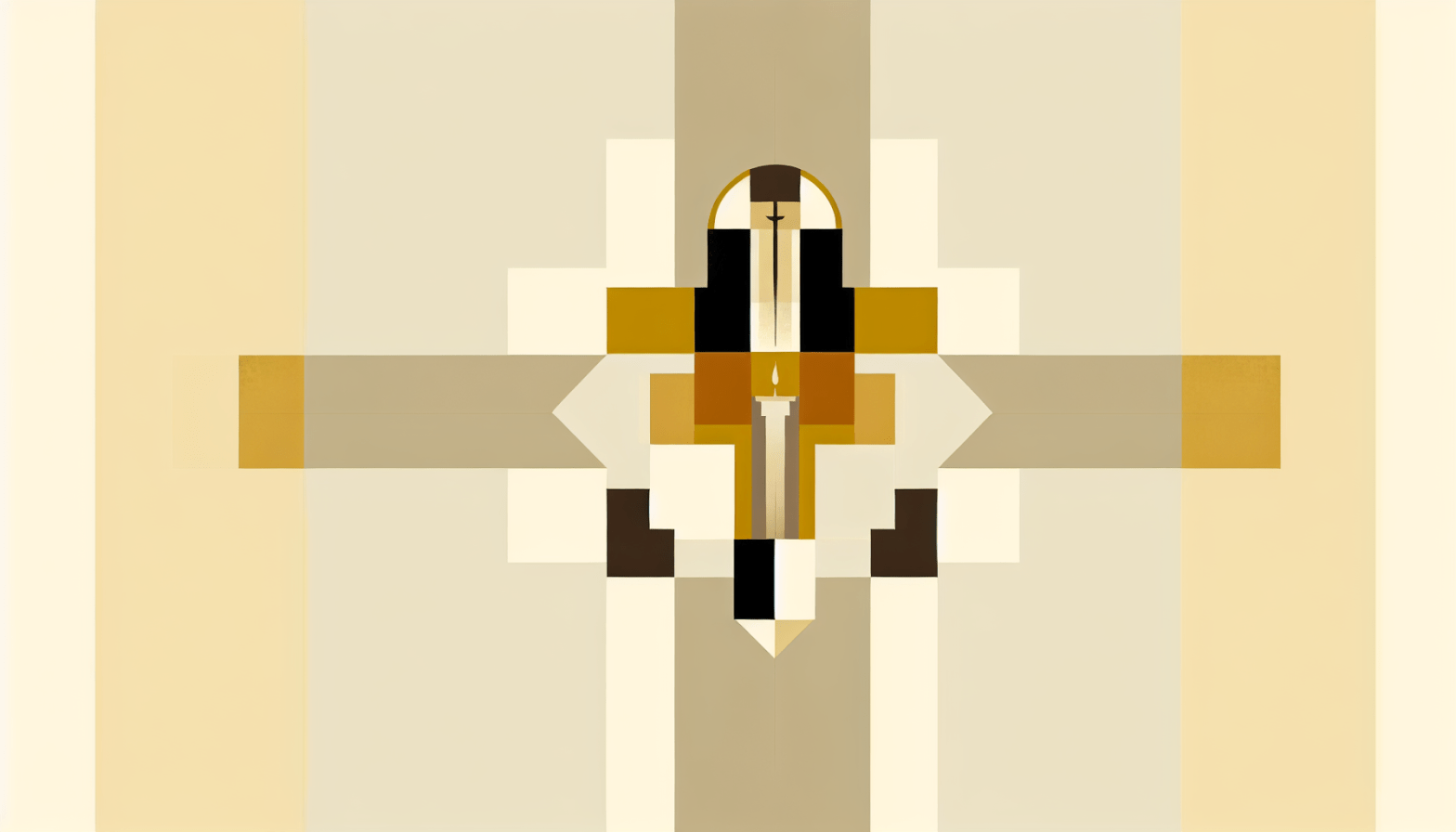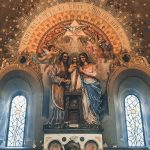Catholic Church History Timeline: A Journey Through Time
The history of the Catholic Church is a rich and complex story that spans nearly two millennia. Understanding its evolution over the centuries provides valuable insights into its role in world affairs, culture, and art. This Catholic Church history timeline aims to illuminate the key events and figures that have shaped the Church, offering context for its present-day significance and influence. Whether you are a history enthusiast, a student of theology, or exploring your faith, this timeline will serve as a comprehensive guide to the pivotal moments in Catholic Church history.
Early Beginnings: The Foundation of the Church (30-300 AD)
The Catholic Church traces its origins back to the ministry of Jesus Christ in the 1st century AD. Following His crucifixion, resurrection, and ascension, Jesus’ apostles began to spread His teachings. Key events during this period include:
- 30 AD: The traditional date of Pentecost, when the Holy Spirit descended on the apostles, marking the birth of the Church.
- 50 AD: The Council of Jerusalem, addressing issues such as the inclusion of Gentiles into the Christian community and the necessity of adhering to Jewish laws.
- 64 AD: The persecution of Christians begins under Emperor Nero, marking the first significant wave of trials for the early Church.
- 100 AD: The apostolic age concludes as the last of the apostles pass away, and the leadership of the Church transitions to bishops.
These formative years established essential doctrines and practices that would define the Catholic Church.
The Rise of the Church: Early Christianity and Roman Influence (300-500 AD)
As Christianity spread throughout the Roman Empire, it gained both followers and enemies. Significant milestones during this era include:
- 313 AD: The Edict of Milan is issued by Emperor Constantine, granting religious tolerance to Christians and allowing for open worship.
- 325 AD: The First Council of Nicaea convenes, resulting in the Nicene Creed, which outlines the core beliefs of Christianity and counters Arianism.
- 380 AD: Christianity is declared the official state religion of the Roman Empire under Emperor Theodosius I, solidifying the Church’s influence in political and social spheres.
During these centuries, the Catholic Church began organizing its structure, developing the clergy, and establishing liturgical practices.
The Middle Ages: The Expansion of the Catholic Church (500-1500 AD)
The Middle Ages were a period of great transformation and consolidation for the Catholic Church. Key events include:
- 590 AD: Pope Gregory I begins his papacy, known for reforming the Church and promoting the Gregorian Chant.
- 800 AD: Charlemagne is crowned by Pope Leo III, marking the alliance between the papacy and secular powers that would shape Europe.
- 1054 AD: The Great Schism occurs, leading to the formal division between the Roman Catholic Church and the Eastern Orthodox Church, a pivotal moment in Church history.
- 1095 AD: Pope Urban II calls for the First Crusade, aiming to reclaim the Holy Land from Muslim control, further expanding the Church’s influence across Europe and into the Middle East.
- 1215 AD: The Fourth Lateran Council is held, producing significant reforms in the Church and the establishment of the doctrine of transubstantiation.
The Catholic Church plays a central role in European life during the Middle Ages, influencing education, politics, and culture.
The Renaissance and Reformation: Challenges and Changes (1500-1650 AD)
The Renaissance and Reformation bring profound changes and challenges to the Catholic Church:
- 1517 AD: Martin Luther nails his Ninety-Five Theses to the church door, sparking the Protestant Reformation, which challenges the practices and teachings of the Catholic Church.
- 1534 AD: The Act of Supremacy declares King Henry VIII as the Supreme Head of the Church of England, marking a significant break from Catholicism.
- 1545-1563 AD: The Council of Trent is convened as a response to the Reformation, addressing abuses and reaffirming Catholic doctrine, which helps revitalize the Church.
This era is marked by both internal reflections and external conflicts, profoundly shaping the belief systems of future generations.
Modern Era: Catholic Church in the Contemporary World (1650-Present)
The relationship between the Catholic Church and society continued to evolve through the Modern Era:
- 1870 AD: The First Vatican Council addresses the doctrine of papal infallibility, affirming the Pope’s authority on matters of faith and morals when speaking ex cathedra.
- 1962-1965 AD: The Second Vatican Council (Vatican II) seeks to modernize the Church’s practices, promoting engagement with the contemporary world and ecumenical dialogue.
- 1986 AD: Pope John Paul II holds the first World Day of Prayer for Peace, fostering interfaith dialogue and emphasizing human rights.
- 2013 AD: Pope Francis is elected, breaking tradition with his focus on humility and social justice, and calling for a more inclusive Church.
Throughout the 20th and 21st centuries, the Catholic Church has engaged with pressing social issues like poverty, migration, and environmental stewardship, striving to maintain relevance in an increasingly secular world.
Conclusion: Reflecting on the Catholic Church History Timeline
The timeline of the Catholic Church history is not just a sequence of events; it encapsulates the trials, triumphs, and transformations of a faith that has shaped civilizations. From its humble beginnings to its current global presence, the Catholic Church has navigated the complexities of history while maintaining its core doctrines.
As we reflect on this timeline, we acknowledge the significant figures, councils, and moments that have influenced Catholic teachings and practices. Understanding this historical context allows both believers and non-believers to appreciate the Church’s role in society and its ongoing mission in the modern world.
If you are interested in learning more about specific events, saints, or periods in Catholic Church history, feel free to delve deeper into sources and scholarly articles that explore this fascinating journey further. The story of the Catholic Church is a testament to resilience, faith, and the enduring quest for understanding and connection across generations.




